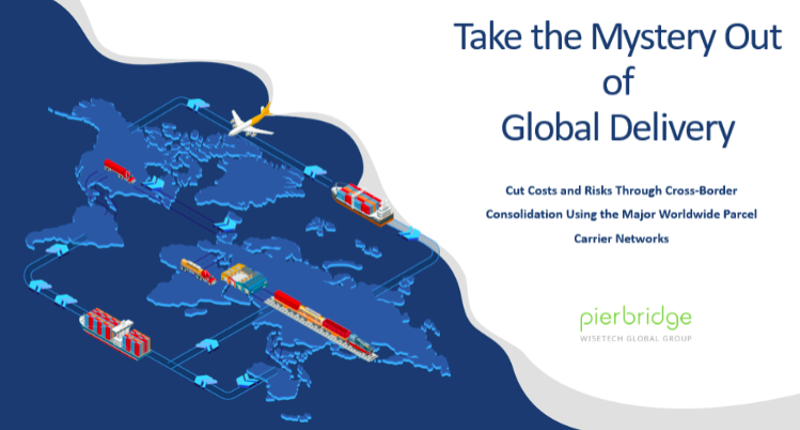Global shopping and shipping are here to stay — technology will see to that. With the click of a button on a smartphone, today’s consumers are as likely to buy a product from around the world as they are around the corner.
While this global growth of eCommerce has opened up a new world of opportunities for retailers, e-tailers, and direct-to-consumer (D2C) brands, it has also opened up a new world of regulatory and operational challenges, ranging from customs compliance to tracking individual shipments.
Relying on one-off parcel shipments can be a logistical nightmare as you try to manage a worldwide local delivery network in destination countries with varying customs regulations, languages, and customer expectations. Meanwhile, shipping individual parcels with leading global carriers may be driving up costs at the same time.
Some of the significant cross-border obstacles confounding shippers are:
- Customs Compliance: Without accurate and compliant cross-border documentation, it is easy for shipments to be delayed in customs and lead to sanctions.
- De Minimis Dilemma: U.S. Customs and Border Protection recently raised the de minimis value threshold, paving the way for more package volumes to flow through customs with minimum screening.
- Landed Costs Calculations: Retailers need to know the total “landed cost” for goods transported across borders, whether they charge consumers for shipping or not.
- Tracking: As goods move from one mode to another, consolidated, deconsolidated, cross-docked, and reloaded, documentation and shipping data multiply into different formats and standards that are difficult to correlate and track.
Fill out the form to watch an on-demand webinar and learn to cut costs and risks through cross-border consolidation using the major worldwide parcel carrier networks.
